When I planned my trip to Bavaria, I wanted a place that felt both picturesque and practical for exploring some of Germany’s most magical spots.
Füssen, a small Bavarian town near the Austrian border, delivered everything I hoped for.
With its colorful old town, peaceful mountain views, and a tight-knit local vibe, Füssen drew me in right away.
Füssen is the perfect jumping-off point for fairytale castle adventures, especially to Neuschwanstein and Hohenschwangau Castles.
It sits at the end of the famous Romantic Road, and you can reach those iconic castles in just a short trip, but Füssen itself feels miles away from the crowds.
I loved strolling Füssen’s quiet streets after a day spent touring grand halls—it’s a mix of fairytale charm and real life that’s hard to beat.
If you want the best of southern Germany without stress, Füssen makes everything easier.
During my stay, I found local food, friendly faces, and plenty of simple moments that made this trip stick in my memory.
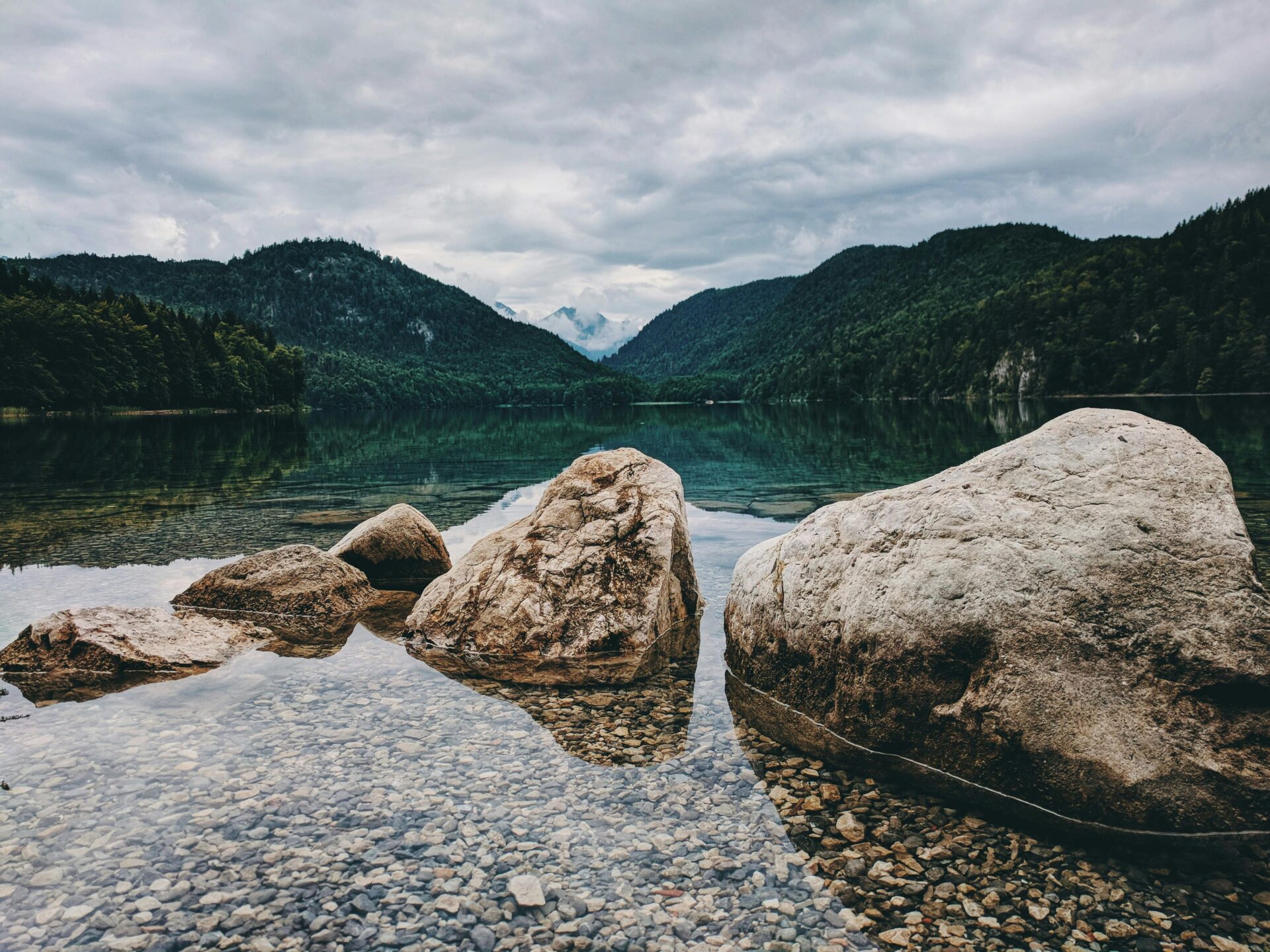
Füssen’s Storybook Setting: Why It Makes the Perfect Base
Tucked into the foothills of the Bavarian Alps, Füssen is more than just a pretty face.
Its medieval old town brings together fairytale scenery, rich history, and inviting cobbled streets.
It really is an ideal spot for castle adventures.
Heart of the Bavarian Alps
Waking up in Füssen, I stepped out to jaw-dropping views of the Bavarian Alps.
Those snowy peaks and rolling hills make every photo look dramatic.
Most folks visit for Neuschwanstein and Hohenschwangau Castles—just a few miles away—but I love how quickly I can get from my hotel to those adventures.
Füssen’s location means I can take easy day trips without rushing or fighting crowds.
Local buses run often and get you to the castles’ ticket center in Hohenschwangau in about 10–15 minutes.
Nature lovers will find hiking and cycling paths that start right on the town’s edge.
Some mornings, I walked beside the Lech River and watched swans glide along the clear water, with mountains rising behind them.
Everything is close, so I spend more time exploring and less time stuck in transit.

Fairytale Charm and Cobblestone Streets
The heart of Füssen is its medieval old town.
Brightly painted houses and flower boxes line the narrow cobblestone streets.
Traditional Bavarian townhouses give the place a welcoming feel.
I’ve wandered these lanes for hours, ducking into cozy cafés and bakeries for flaky pastries and fresh pretzels.
At every turn, I spot centuries-old churches, fountains, and little squares.
The High Castle (Hohes Schloss) stands out with its unique trompe-l’oeil paintings.
Marketplatz, dotted with small shops, invites you to browse local crafts.
You’ll notice murals and details inspired by fairytales—a nod to Füssen’s connection to Germany’s most famous castles.
Kids and adults both feel the magic here, especially as dusk falls and lanterns flicker on.
Staying in Füssen lets me return to this charming scene every night.
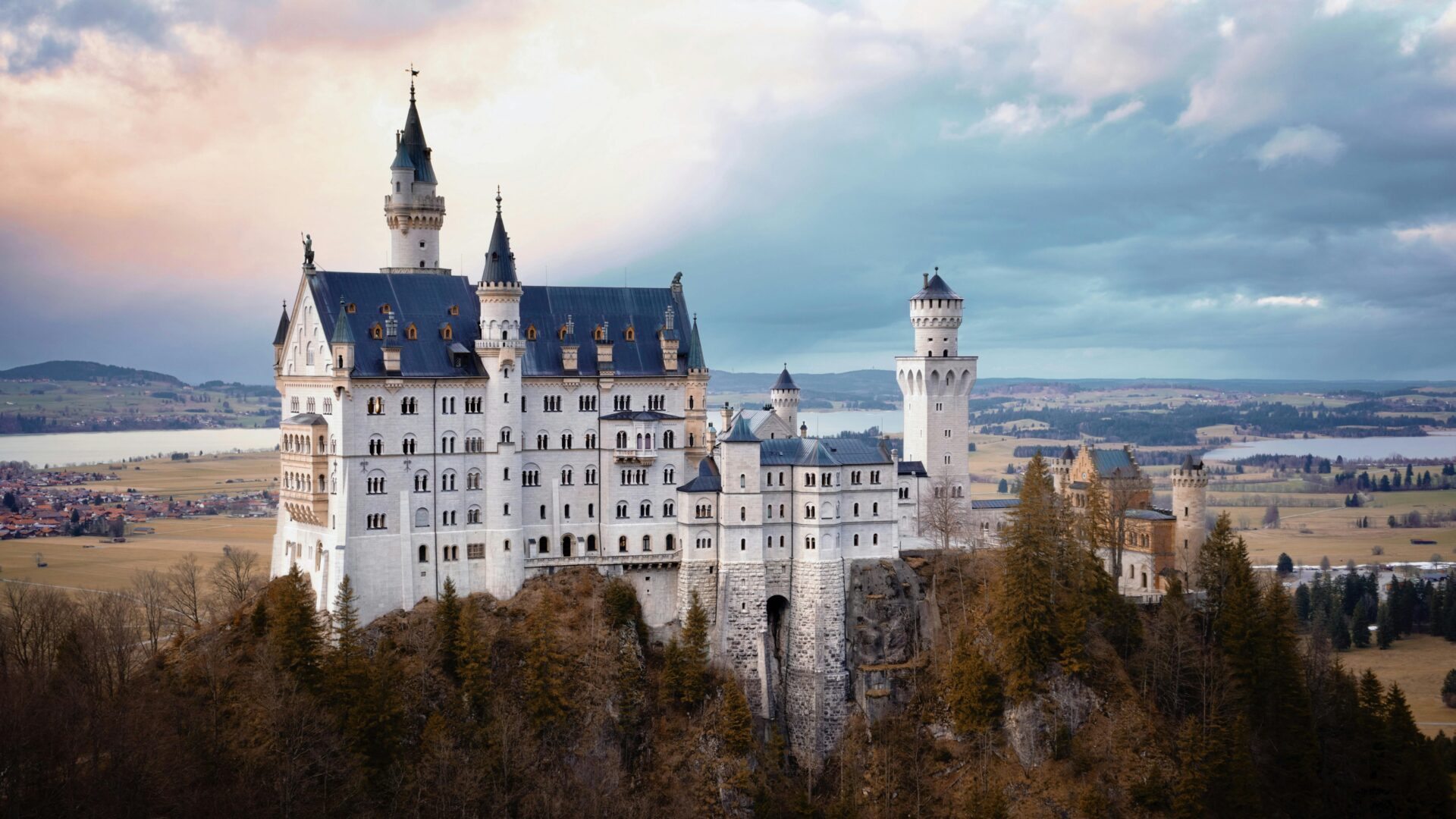
Unwinding in a Richly Historic Medieval Town
Füssen’s roots go back over 700 years.
History is everywhere, from medieval gates to the 9th-century St. Mang’s Abbey.
I like to pause on the stone bridge over the Lech River and take in the pastel old town rising above.
Museums in Füssen share stories of builders, musicians, and craftsmen who shaped the town.
The Museum of Füssen, inside a former monastery, displays old violins and instruments since Füssen once led the way in lute-making.
After a busy castle day, I unwind in a rustic tavern with Bavarian cuisine.
Hearty meals and local beer hit the spot.
Füssen’s timeless vibe helps me slow down and soak up the history—not just as a visitor, but as part of its ongoing story.
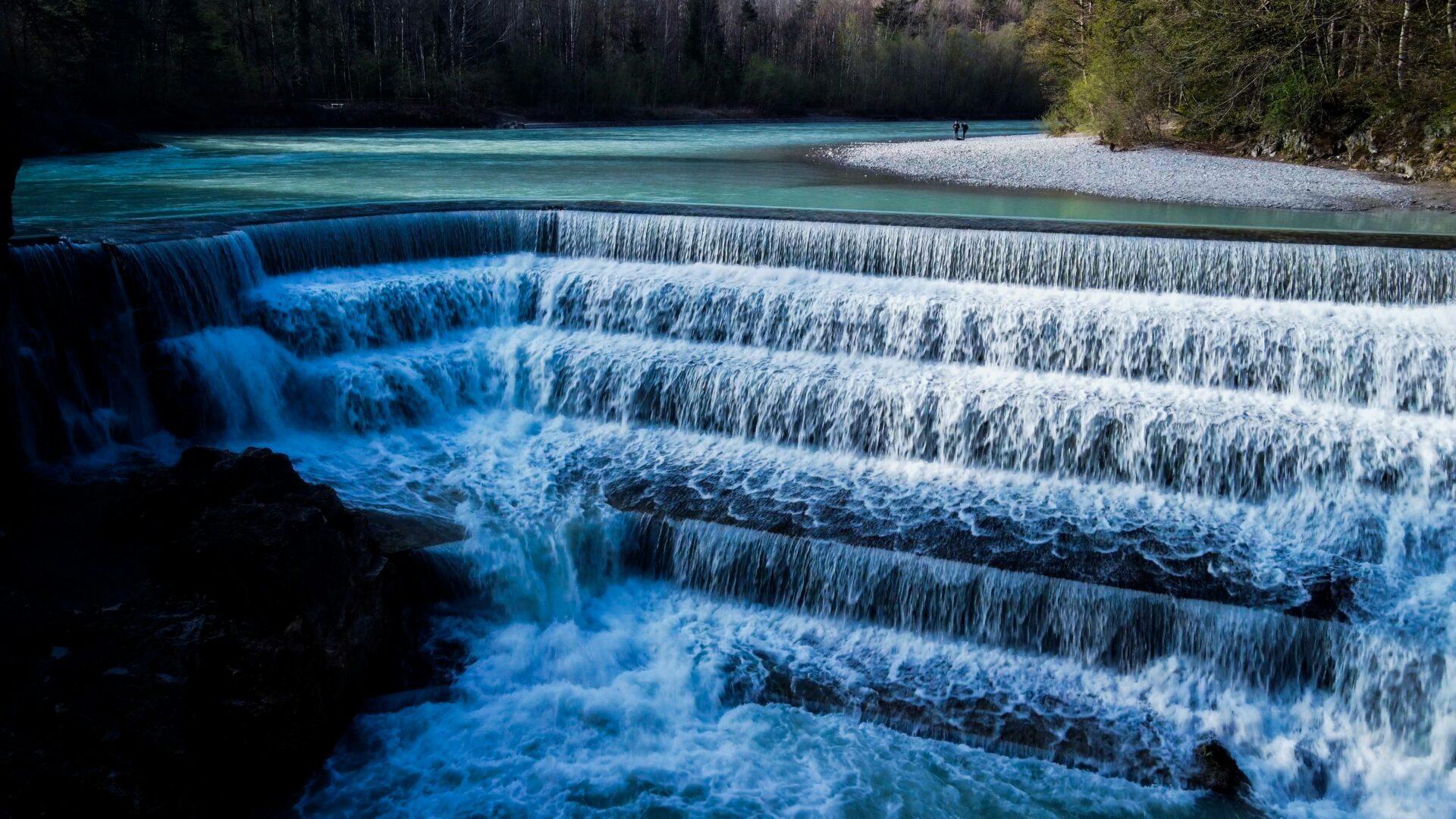
Iconic Fairytale Castles: Exploring Neuschwanstein and Hohenschwangau
Neuschwanstein and Hohenschwangau castles sit nestled in the Bavarian Alps near Füssen, and honestly, they look like something from a storybook.
Both have deep ties to King Ludwig II and offer travelers breathtaking landscapes, royal legends, and striking architecture.
Neuschwanstein Castle: Dreams of King Ludwig II
Neuschwanstein Castle rises above the trees with its tall towers and white stone walls.
It really looks the part of a classic fairytale castle.
I found it perched on a rugged hill, about 965 meters above sea level, with views out over the Alpsee and the green valleys.
King Ludwig II commissioned Neuschwanstein in 1869 as a retreat and a tribute to composer Richard Wagner.
The king loved theatrical art and romantic stories, and it shows in the castle’s dramatic look and detailed rooms.
Ludwig only lived here for a short time before his death in 1886, but his vision shaped most of the design.
Some parts remain unfinished, but wandering the ornate halls and peeking into the throne room makes it easy to imagine royal life here.

Hohenschwangau Castle: Royal Childhood Retreat
Hohenschwangau Castle sits nearby and gives a different vibe compared to Neuschwanstein.
Painted a soft yellow and surrounded by gardens, it feels friendly and inviting.
This was King Ludwig II’s childhood home.
His parents, King Maximilian II and Queen Marie, rebuilt the old fortress into a summer residence in the 19th century.
I especially enjoyed exploring rooms decorated with scenes from German legends and swan motifs, which are symbols tied closely to the region.
From the windows, Ludwig could watch workers building Neuschwanstein across the valley.
Stories from his youth—like gazing out at the work on his future fairytale castle—bring history alive for visitors.
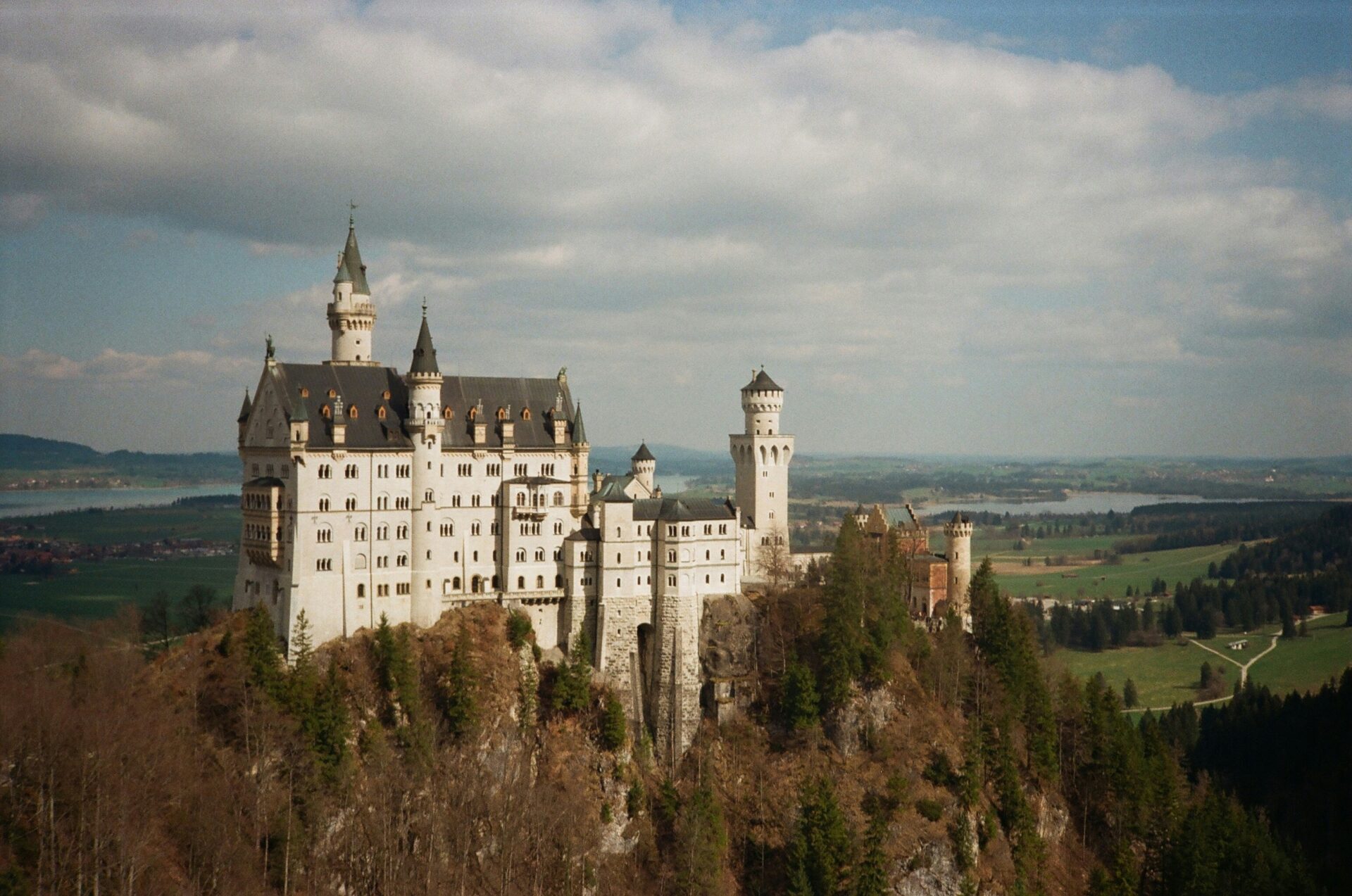
Guided Tours and Panoramic Views
You need to join a guided tour to see inside both castles, and tickets come with specific times.
I booked my tours ahead of time—these places get popular, especially in summer.
Neuschwanstein tours lead through royal bedrooms, the impressive throne room, and the singers’ hall, all covered in murals and carvings.
Hohenschwangau tours show you cozier halls and family artifacts, and the guides share stories about Ludwig as a boy.
Outside, trails connect the two castles and lead up to Marienbrücke (Mary’s Bridge).
From here, I snapped some of my favorite photos with all of Neuschwanstein behind me, framed by mountains and lakes.
You can enjoy the area’s panoramic views even if you don’t do a full tour.
Pro tip:
Bring comfortable shoes and give yourself extra time for walking between sites.
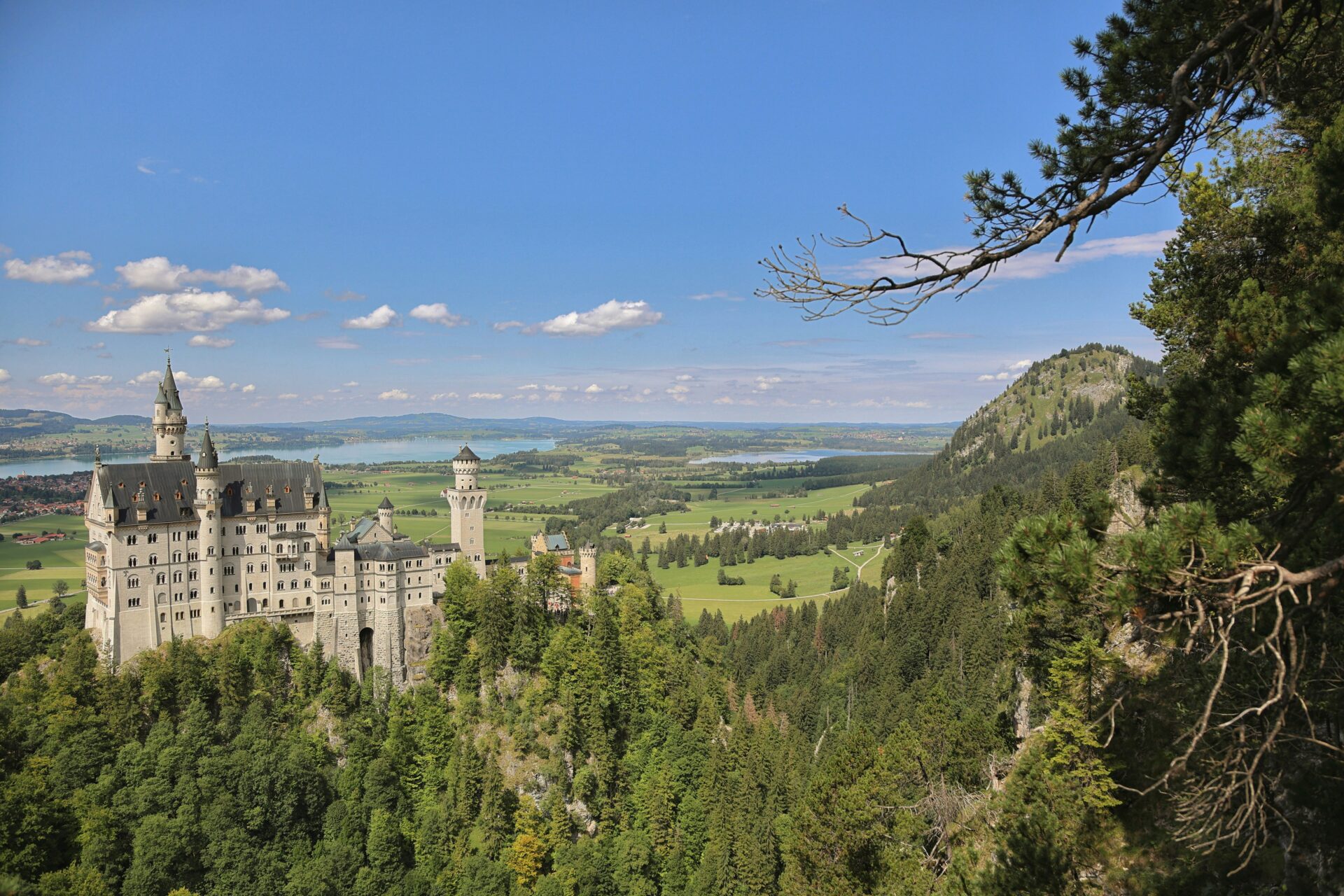
Visiting Nearby Castles and Linderhof Palace
Füssen’s spot puts more than just Neuschwanstein and Hohenschwangau within reach.
Other hidden gems include the ruins of Falkenstein Castle and Füssen’s own medieval city walls, both just a short drive or bus ride away.
A highlight for me was traveling further to see Linderhof Palace.
King Ludwig II also built Linderhof, and while it’s smaller than Neuschwanstein, it’s even more lavish inside, with rococo rooms and beautiful gardens.
Public transport connects Füssen, Hohenschwangau, and Linderhof during the main tourist seasons.
I’d set aside a half or full day for Linderhof if you like detailed palace interiors or want to wander through fountains and manicured lawns.
Nearby castles and palaces worth visiting:
| Name | Location | Highlight |
|---|---|---|
| Neuschwanstein | Hohenschwangau | Iconic fairytale castle |
| Hohenschwangau | Hohenschwangau | Royal family’s summer home |
| Linderhof Palace | near Ettal | Ornate palace, grand gardens |
| Falkenstein ruins | near Pfronten | Hilltop ruins, scenic hiking views |
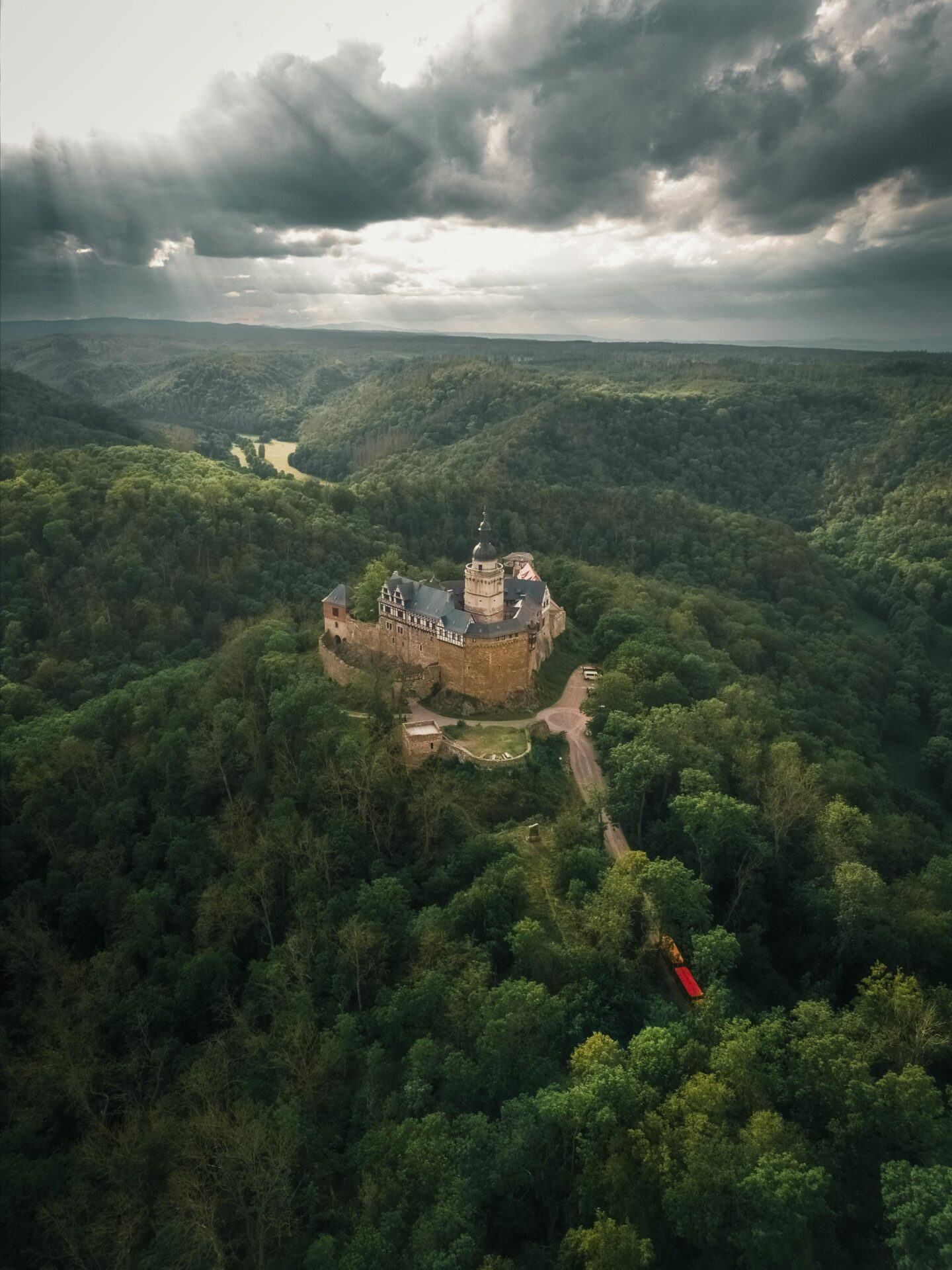
Essential Experiences and Top Things to Do in Füssen
As I wandered Füssen’s colorful medieval streets, I found more than just a gateway to famous castles.
This Bavarian town blends history, natural beauty, and local flavors.
Every corner is worth a look.
Strolling the Old Town and Romantic Road
The Old Town of Füssen is a maze of cobbled lanes, pastel facades, and lively cafes.
Passing through the historic city gates, I loved how each street led to new discoveries—from traditional bakeries to small artisan shops.
Füssen also sits at the southern tip of the Romantic Road, a famous route with scenic vistas and picturesque villages.
Walking this stretch, I snapped photos of the Lech River and gothic spires above the rooftops.
The market square, with its fountains and baroque architecture, felt like stepping into a storybook.
Here’s a quick must-see checklist for exploring the Old Town:
- High Castle (Hohes Schloss) for panoramic views
- Franciscan Monastery and Cloister
- Colorful Reichenstraße, filled with shops and gelato stands
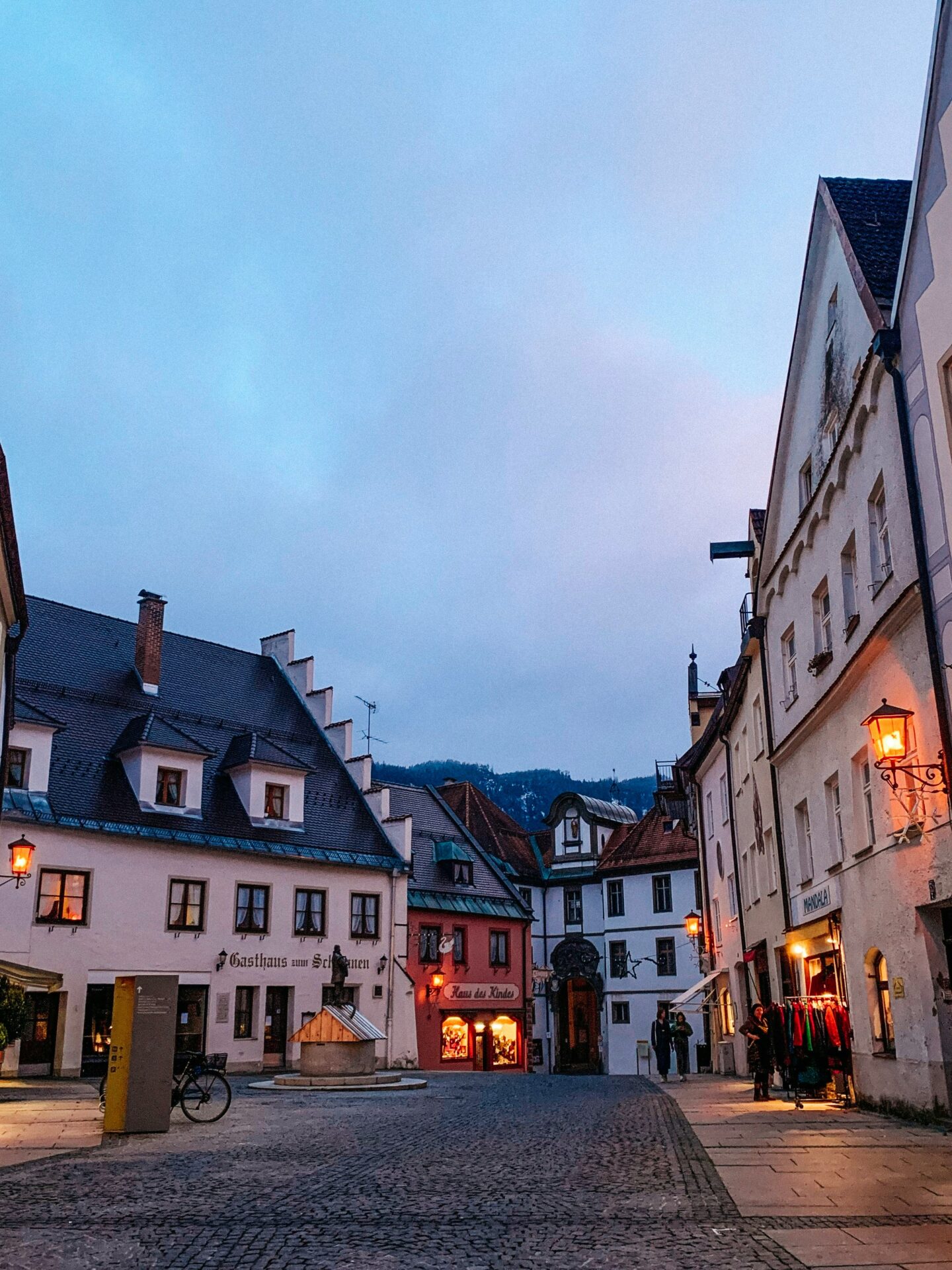
Immersing in Füssen Attractions
Füssen is the perfect base for visiting Neuschwanstein and Hohenschwangau Castles.
These fairytale landmarks are just a short bus ride away, surrounded by forests and alpine peaks.
Seeing Neuschwanstein peek out from the trees felt magical—I recommend booking tickets ahead, especially in summer.
But Füssen has more to offer than castles.
I toured the Museum of the Bavarian Kings to learn about the royal families who once ruled this region.
The Lechfall waterfall was another highlight, where the turquoise river rushes over layered rocks—ideal for taking a break and soaking up mountain air.
For outdoor lovers, Tegelberg Mountain is nearby.
You can hike trails or take a cable car up for sweeping views over the town and valley.

Discovering Culture and Local Cuisine
Füssen’s culture comes alive in its small taverns and local events.
I sampled Bavarian favorites like käsespätzle (cheesy noodles) and schnitzel at a family-run restaurant, where the staff wore traditional dirndls and lederhosen.
I enjoyed browsing cheese shops and bakeries that offered pretzels fresh from the oven.
For something sweet, nuns at St. Mang’s Abbey bake a special almond pastry—definitely worth trying if you spot it on a menu.
Live music and folk dances sometimes pop up in the central square, giving visitors a taste of local tradition.
Evenings here often end with a riverside stroll, listening to church bells echo off the Alps.
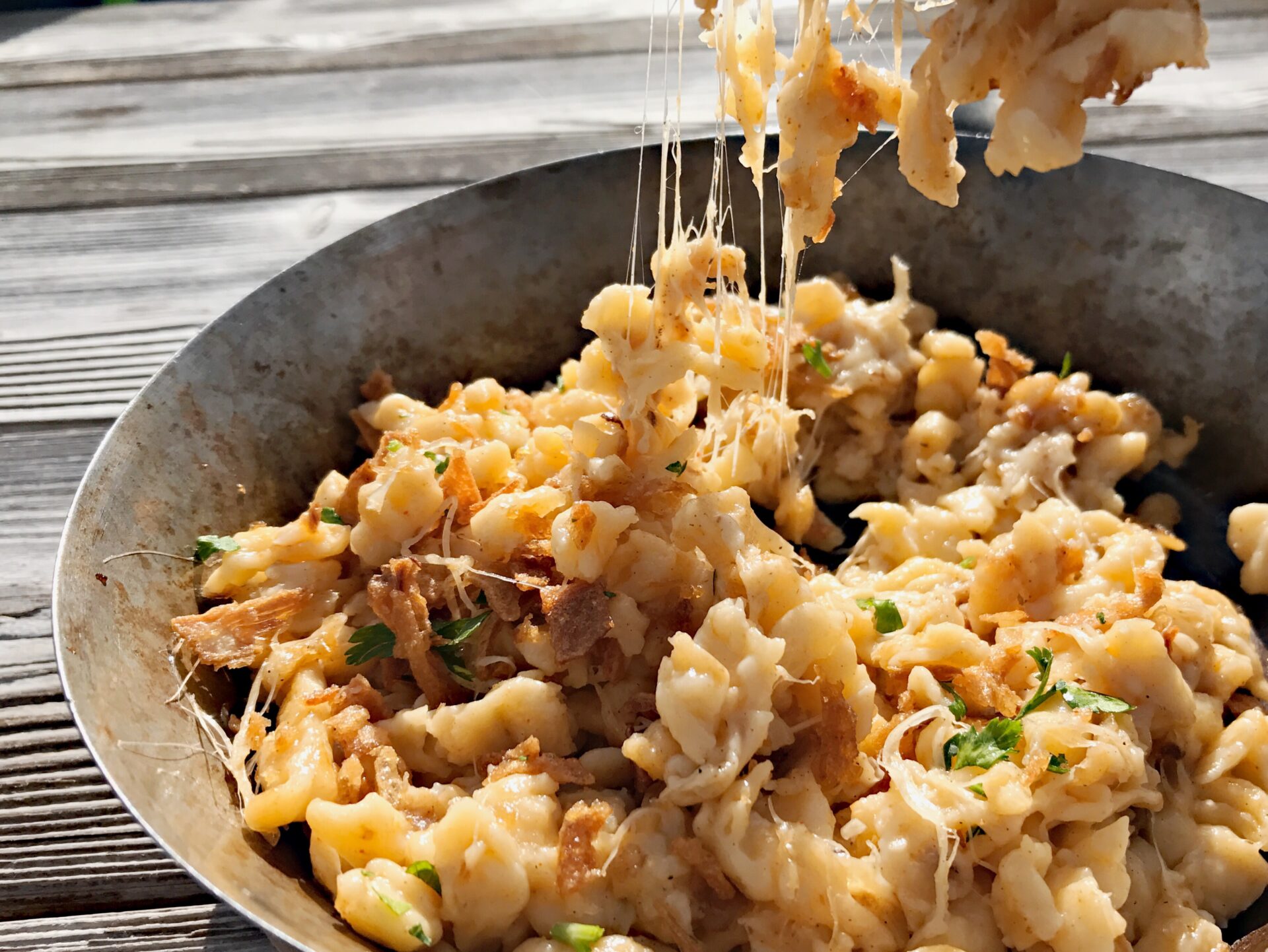
Breathtaking Landscapes and Outdoor Adventures
Füssen’s spot at the edge of the Bavarian Alps gives you direct access to stunning nature and scenic views.
Whether you’re wandering forested paths, relaxing by peaceful lakes, or enjoying snowy hills, you’ll find adventure and beauty at every turn.
Hiking Through Scenic Trails
Hiking honestly pulled me in from the start. Some of the best trails begin right in Füssen, winding through green forests and up gentle hills.
The views? Absolutely worth it.
I love the hike from Hohenschwangau up to Mary’s Bridge (Marienbrücke). The trail’s short but gets steep fast, and when you reach the top, you get that jaw-dropping view of Neuschwanstein Castle hovering above the trees.
If you’re feeling bold, you can follow the paths up Tegelberg Mountain. Suddenly, the Bavarian Alps just take over the whole horizon.
Popular hiking trails nearby:
| Trail Name | Difficulty | Notable Sights |
|---|---|---|
| Hohenschwangau to Mary’s Bridge | Moderate | Neuschwanstein Castle |
| Füssen to Tegelberg | Challenging | Mountain vistas |
| Lechfall Loop | Easy | Waterfall, river gorge |
I always toss my camera into my pack. You never know what you’ll spot—wildflowers, dramatic cliffs, or just a weirdly perfect ray of sunlight.
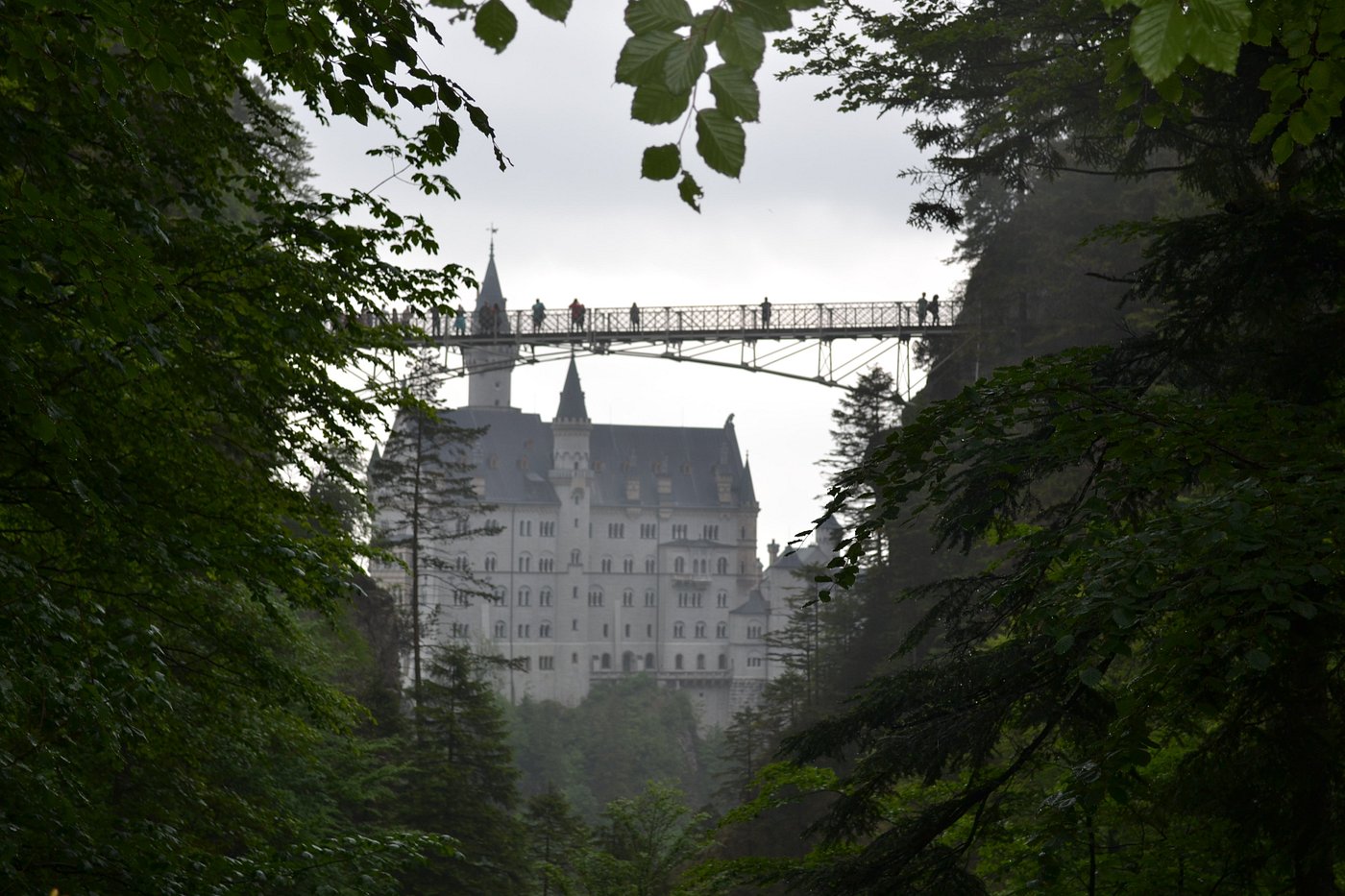
Alpsee and Forggensee Lakeside Escapes
Both Alpsee and Forggensee sit just a short walk or bike ride from Füssen’s center.
Alpsee nestles between castle-topped hills and thick forests. I can’t resist renting a rowboat and paddling out, watching the castles reflect on the water. The path around the lake is easy, and I usually spot ducks, swans, maybe even a deer if I’m lucky.
Forggensee feels totally different—way bigger, and in the summer it buzzes with energy. Locals and travelers swim, sail, or just sprawl out on the grassy banks.
I’d definitely recommend the lakeside cycle path. The Alps across the water look unreal, especially at sunset when the peaks start glowing orange.
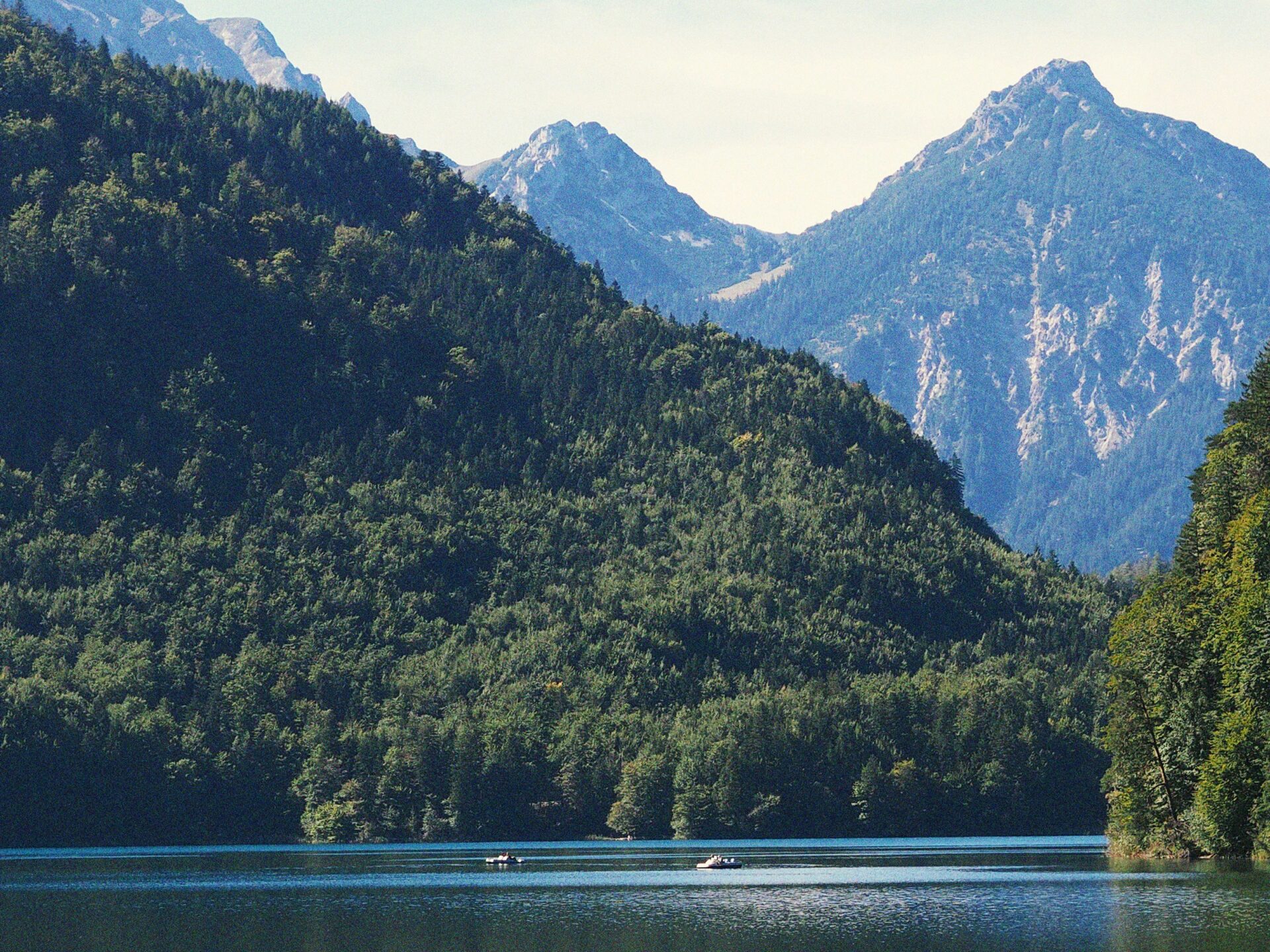
Füssen’s Winter Wonderland
Winter flips Füssen into a snowy fairy tale. Crisp air, snow-dusted rooftops, and quiet woods give it a kind of magic, even for someone like me who rarely sees snow.
The trails turn perfect for winter hikes or snowshoeing. Some years, locals skate on frozen Alpsee, and Tegelberg nearby offers skiing and sledding—great for beginners or families.
I once spent hours in a lakeside café, sipping hot chocolate and watching snowflakes drift in front of the Alps.
Füssen’s old town gets even cozier in winter. Twinkling lights, tiny Christmas markets, and steaming mugs of mulled wine appear everywhere. Even with the cold, the whole place feels welcoming.

Planning Your Füssen Itinerary: Practical Travel Insights
When I planned my trip to Füssen, it made everything so much smoother. Getting there by train, picking the right season—it’s the little stuff that makes the adventure easier.
Getting to Füssen and Around
You can reach Füssen by train from Munich in about two hours. The ride’s scenic, and the train station drops you right in town.
I walked almost everywhere once I arrived. The old town is compact, with shops, cafes, and sights all close together.
To get to Neuschwanstein and Hohenschwangau Castles, I hopped on a local bus. The schedules are clear and match up well with train times.
Renting a bike is a fun way to check out the lakes or nearby villages.
If you’re thinking about visiting other Bavarian towns or castles, grab a Bayern Ticket. It’s flexible and saves money on train and bus rides.

Best Times to Visit
Füssen shines in summer and winter, but timing really matters. I found late spring (May-June) and early fall (September) just right.
The weather felt mild, crowds were lighter, and the scenery was either lush and green or full of changing leaves.
Summer means longer days and busy castle tours, but booking ahead took care of the crowds for me.
Winter turns Füssen into a snowy wonderland. The castles look magical dusted with snow, though some trails and outdoor spots might close up or get tricky. The days are also a lot shorter.
Most castle tours run year-round, but it’s smart to check for maintenance closures, especially in late autumn.
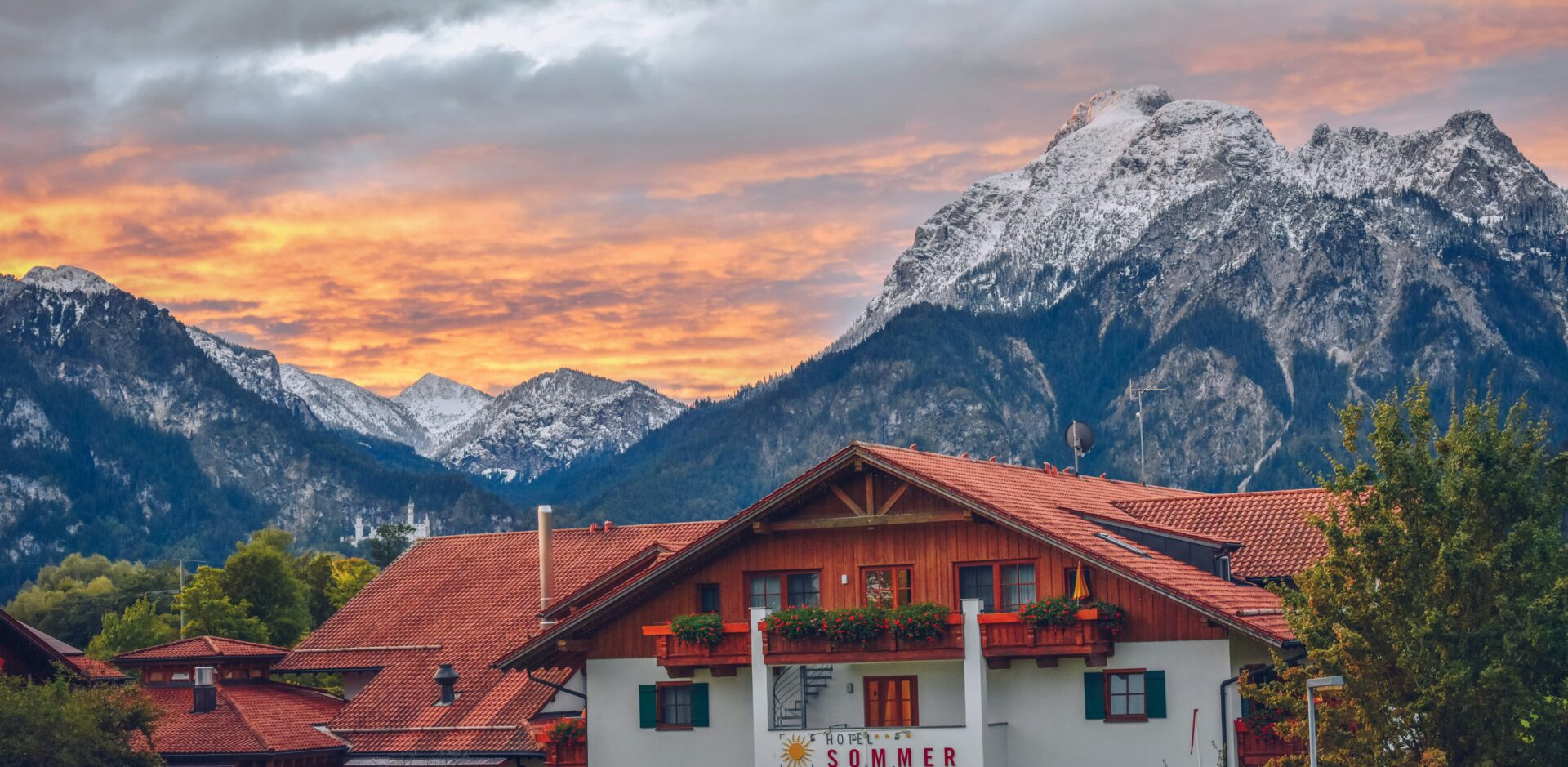
Tips for a Memorable Stay
I quickly realized you’ve got to book Neuschwanstein Castle tickets ahead of time. Walk-up tickets tend to disappear fast, especially on weekends.
Guided tours are the only way inside the castle, and they last about 30 minutes. I found it’s best to set aside half a day for each castle.
Afterward, I liked taking time to wander around Füssen’s old town. Trust me, you’ll want comfortable shoes—those uphill walks and cobblestone streets aren’t easy on your feet.
A lot of people skip the Lechfall waterfall or the lakes near town, but I loved both. They gave my trip a little extra magic.
If you’re hungry, try some Bavarian specialties at the local taverns. The food in Füssen is super hearty—think käsespätzle or regional sausages—and honestly, nothing beats that after a day of exploring.

